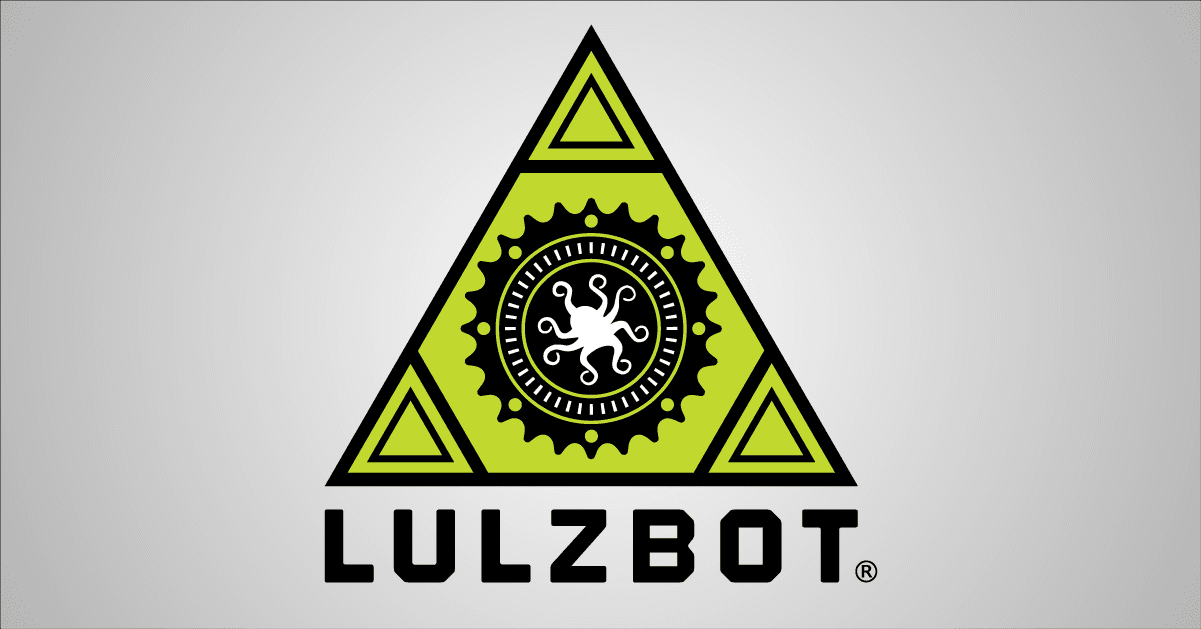In the last decade, increased access to 3D printing technology has revolutionized the status quo in a variety of sectors, including schools , businesses, the military, and the medical field. With a number of different methods available, deciding which one to use can be a daunting and confusing process. This guide will help break down the basics on the three most commonly-used types of additive manufacturing technology: FFF, SLA, and SLS

Types and Descriptions:
FFF (Fused Filament Fabrication)
FFF is the most versatile, affordable, and accessible 3D printing process available, with the widest range of applications. With this method, solid thermoplastic is heated to the desired melting temperature and extruded through a nozzle. The 3D printer deposits the melted filament, which solidifies as it cools, layer-by-layer onto a build plate along predetermined coordinates until the object is completed. FFF print quality has demonstrated increasing resolution in recent years with the introduction of high-resolution tool heads. This technology is at home in every environment—place it on your desk, on a cart rolled into your classroom, or on a rack inside your very own print farm.
SLA (Stereolithography)
With SLA, light-sensitive photopolymer resins are poured into a tank, containing a submerged build surface. Using an ultraviolet-tuned laser, the resin is selectively cured one layer at a time to form a solid object. Once the printing stage has completed, the next task of cleaning begins. The printer operator puts on the recommended Personal Protection Equipment (PPE) of nitrile gloves, eye-protection, and optional respirator. The uncured resin is drained from the part, the print surface is removed and the remaining resin is washed away with solvents or chemicals. The part then undergoes an additional UV curing process. While this method is favored for parts with complex geometry and small-scale objects, the cycle time and additional equipment required for build completion is more substantial relative to other methods of 3D printing.
SLS (Selective Laser Sintering)
SLS utilizes powdered synthetic polymers, which are distributed by a blade or scraper onto a build area one layer at a time. Selected portions are fused together using a high-powered laser, and the process is repeated layer by layer until the object is completed. This method primarily uses polyamides, commonly referred to as nylon, or PA for short. Support material is not necessary with this method of 3D printing, and the finished parts may have a grainy appearance with no visible layer lines.
Specifications:
| FFF | SLA | SLS | |
|---|---|---|---|
| Materials | Engineering thermoplastics, including ABS, Nylons, Polycarbonate, Castables, flexible TPE's, Composite Blends, and more | Photopolymer resins | Powdered nylon blends |
| Layer Height Range | 0.05 mm - 1.5 mm | 0.025 mm - 0.15 mm | 0.06 mm - 0.15 mm |
| Dimensional Accuracy | ±200 μm | ±100 μm | ±300 μm |
| Price | Professional desktop starting at $2000, larger scale starting at $15,000 | Desktop starting at $3000, larger scale from $80,000-$750,000 | Desktop starting at $9000, larger scale from $10,000-$100,000 |
| Material Price | $20-$50/kg | $50-$100/liter | $100-$500/kg |
| Material Consumption | One 1kg reel of filament = approximately 400 standard-sized chess pieces | One liter of resin = approximately 90 standard-sized chess pieces | Varied; dependent on machine and material |
| Additional Costs / Considerations |
|
|
|
| Pros |
|
|
|
| Cons |
|
|
|
| FFF | |
|---|---|
| Materials | Engineering thermoplastics, including ABS, Nylons, Polycarbonate, Castables, flexible TPE's, Composite Blends, and more |
| Layer Height Range | 0.05 mm - 1.5 mm |
| Dimensional Accuracy | ±200 μm |
| Price | Professional desktop starting at $2000, larger scale starting at $15,000 |
| Material Price | $20-$50/kg |
| Material Consumption | One 1kg reel of filament = approximately 400 standard-sized chess pieces |
| Additional Costs / Considerations |
|
| Pros |
|
| Cons |
|
| SLA | |
|---|---|
| Materials | Photopolymer resins |
| Layer Height Range | 0.05 mm - 0.15 mm |
| Dimensional Accuracy | ±100 μm |
| Price | Desktop starting at $3000, larger scale from $80,000-$750,000 |
| Material Price | $50-$100/liter |
| Material Consumption | One liter of resin = approximately 90 standard-sized chess pieces |
| Additional Costs / Considerations |
|
| Pros |
|
| Cons |
|
| SLS | |
|---|---|
| Materials | Powdered nylon blends |
| Layer Height Range | 0.06 mm - 0.15 mm |
| Dimensional Accuracy | ±300 μm |
| Price | Desktop starting at $9000, larger scale from $10,000-$100,000 |
| Material Price | $100-$500/kg |
| Material Consumption | Varied; approx. 50% of unsintered powder per build volume (average 300 x 300 x 300 mm) is not re-usable |
| Additional Costs / Considerations |
|
| Pros |
|
| Cons |
|
